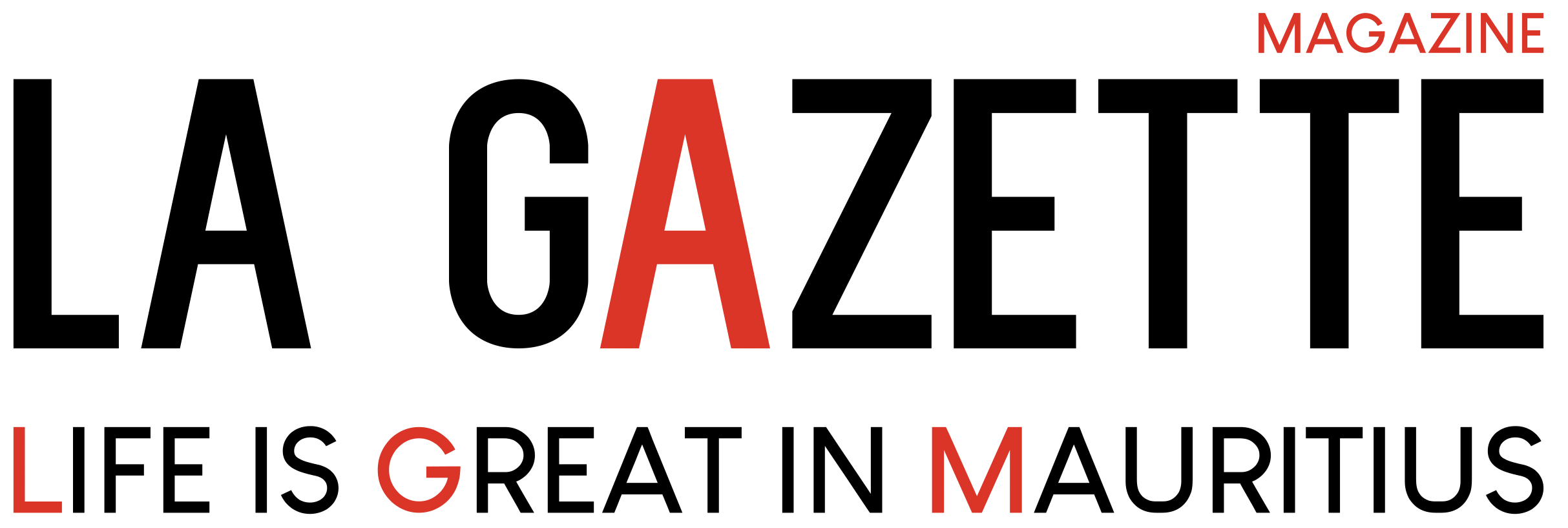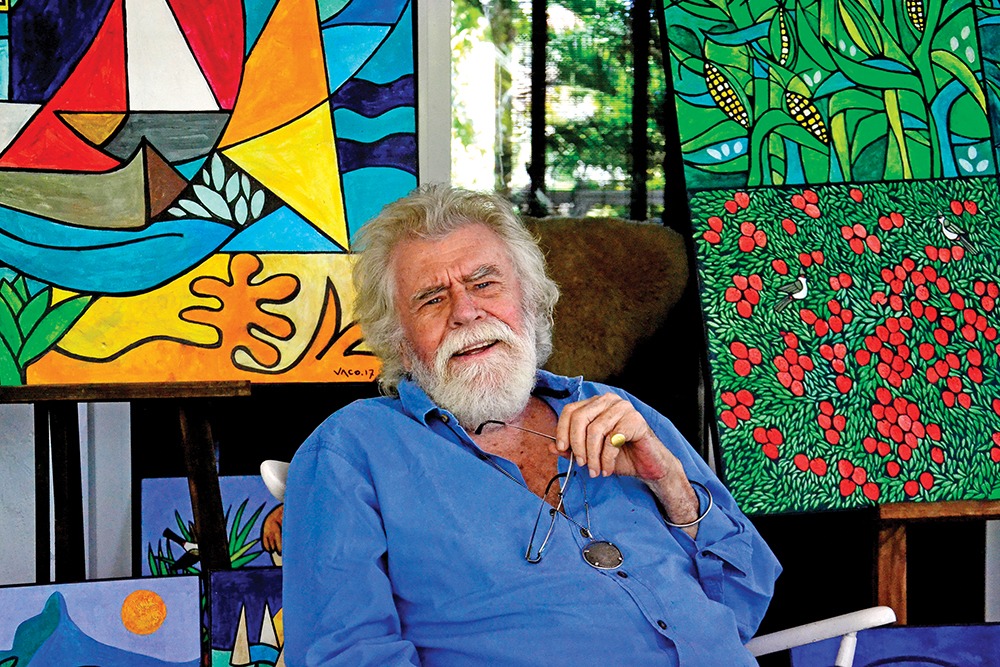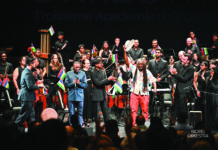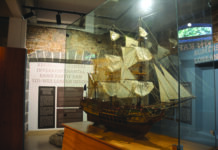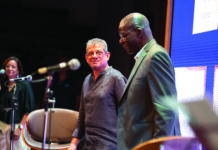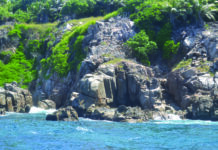Vaco Baissac was inhabited by a Mauritian idealn qwe too often forgett qhen we drown in our differences and labels. As an artist, he has embodied this idea of a Mauritian creolité at the strength of his wrist, deploying the enthusiastic imagery of our rainbow.
Vaco painted a lot. As a fervent passer-by, he defended his painting and the generous representation it offered of the country. Like a wise man, he preached Mauritian creolité. He venerated the Creole language and never ceased to celebrate the beauty of his island, his native land, which he fully rediscovered after twenty years in South Africa.
Although he was marked by his years on the continent, where he had started a family, had his children and practiced several trades before setting up and running restaurants, he didn’t really feel in tune with the country that had been ravaged by apartheid. He returned to Mauritius in 1990, retaining a fascination for the people and culture of South Africa, as well as a boundless respect for its women.
Although he always painted, once he returned to Mauritius, Vaco would deploy his art like never before, for three decades. He loved to talk. This volubility earned him his nickname from childhood. For a long time, he signed his paintings “Jean-Jacques Baissac”, until Hervé Masson suggested he use “so non gate”… Vaco: these two simple, direct syllables punctuate his creations as they illustrate his ability to get to the essence of form, line and color. Her stylized drawingsjoyfully celebrate thesilhouettes of a generous nature and the people who live in it.
National painter
He told the story of Mauritius in his landscapes, his little people, his street scenes and trades, the beauty of his women, like a cornucopia where the petulance of color is balanced in a solidly structured composition. Pope Francis, like other distinguished visitors, received one of his paintings as an official gift from the Mauritian nation to the Vatican. Vaco-style frescoes adorn the country.
His paintings have even added aesthetics and joy to garbage trucks. Of all Mauritian painters, he is the one who has created the most derivative products: jewelry, ceramics, bronzes and more. His flat colors and simplified forms lend themselves to stained glass. The Church of the Holy Guardian Angels in Grand Baie is a magnificent example. But he left with his greatest dream: to paint an Air Mauritius plane…
In 2022, in addition to a TED’x lecture, Vaco expressed regret at the Mahatma Gandhi Institute that Mauritius is not instinctively associated with a visual style, as Italy is with Michelangelo or Spain with Picasso… In fact, hasn’t his painting established itself as an integral part of our national heritage?


